Snow Monkeys in Jigokudani Valley
- Alyce Bender

- Oct 15, 2017
- 6 min read

So when I found out that my husband and I were moving to Japan, my excitement was off the charts. It was at that moment I made myself a promise that for each year we are in Japan, I would visit the Jigokudani Monkey Park for my birthday. Being born in February has its perks, as this is the premiere month to visit the Snow Monkeys.
In keeping that promise to myself, last February, both my husband and I traveled down to the Nagano area where the park is located. Located about 2.5 hours train ride from Tokyo, the area is easily accessible by train from most of Japan. We had originally planned on driving down (as we live in the far northern part of Honshu), but the night before there was a large winter storm across much of the country that dropped several inches of snow requiring the use of tire chains through the passes. As tire chains are not allowed in our area, we decided to take train transportation.

Location tip: Visitors can get a tourist rail pass that must be purchased prior to
arriving in Japan. If you are going to be here more than a few days or if you are going to explore anywhere outside of Tokyo, I fully recommend getting the pass. It will save you some serious money, especially if you want to ride the Shinkansen (bullet train). Just be aware some of the smaller lines may not be covered, so carry yen with you too. These will rarely be more than a few hundred yen though.
When we arrived at Yudanaka Station, the ryokan (traditional Japanese bed and breakfast) we had booked had a driver waiting to take us to our lodging. In all honestly we could have walked as it was only about a 20 minute walk from the station and we did end up walking to the station on the return trip.
The town of Yamanouchi is a quaint onsen town known for it's hot baths and snow monkeys. I fully suggest taking advantage of both while here!
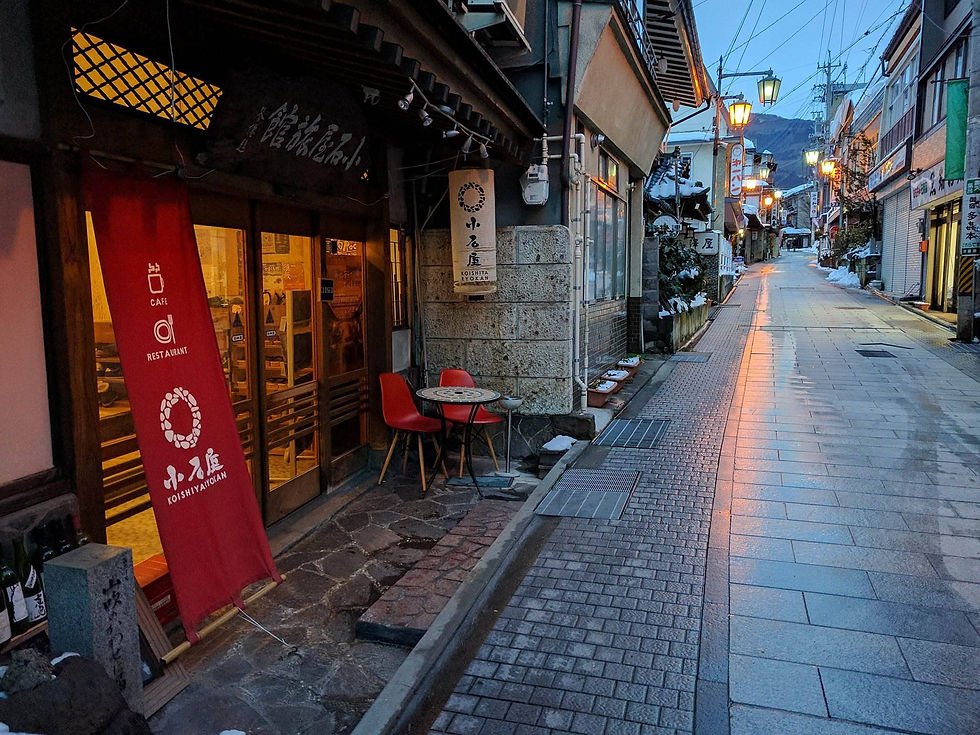
Since we arrived late in the day, we settled in for the evening with a stroll around the neighborhood and a cozy dinner at the wonderful restaurant located on the first floor of the ryokan.
Many of the hotel/ryokans in the area offer shuttle service to the monkey park in the mornings. However, at least for the one we stayed at, the shuttle didnt depart until 1000 in the morning. For me, that was too late. I wanted to be there before the crowds. This meant we, as my husband is such an awesome sport when we travel for my photography, had about an hour of walking, uphill into the mountains, to get to the trail head for the park.
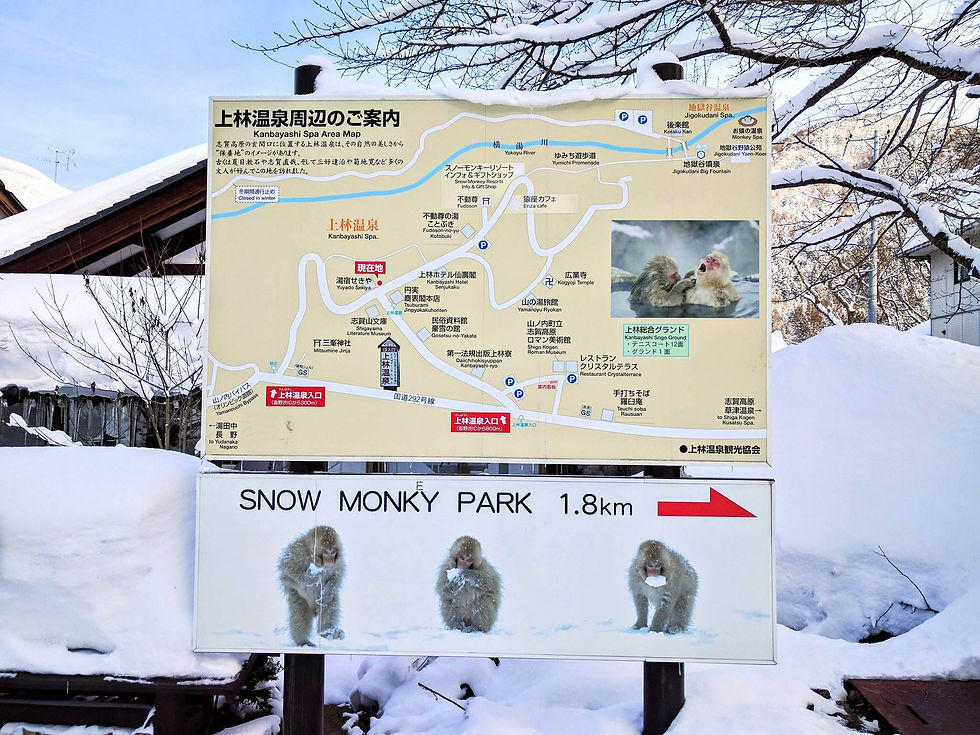

Once you reach the trail head (by foot, taxi, or shuttle) there is still a 2km walk through the forest to the actual park entrance. This park was created to help mitigate the monkey-human interactions that had been occurring when the monkeys would invade local onsens to warm themselves. This caused both behavioral and health concerns, as I'm sure you can imagine. So the area was designated a park and the monkeys had their own onsen built. There are no fences or other devises used to keep the monkeys there, so they are completely wild. Many times, they will also be in the trees and along the walk to the park.

Past the ticket booth, that is where the real fun and shooting begin! So many monkeys doing so many things! The first day I decided to would try to get a feel for the area, the different group behaviors, and to watch which trails where used most frequently in order to better set myself up for success in capturing unique images.
Gear tip: The sidewalks and stairs can be slippery or be covered in ice. Bring a pair of Yaktraxs or Microspikes to ensure you have stable footing while shooting.

Photo tip: When photographing wildlife, it is always best to do as much research as you can on the animal(s) you are likely to encounter or are trying to capture. This gives you a better understanding of behavior so you can make predictions on when the animals may be eating, sleeping or moving and where those actions are likely to take place.

Within the park, the area is divided by a running stream. The monkeys cross back and forth all the time using either naturally occurring stones or the bridges installed for human visitors. Then there is the area where the onsen was created and the crowds get thick as the monkeys gather to warm themselves. Since the locations are known, I was able to concentrate on observing the local behaviors within the population. Doing this allowed for a variety of both action and portrait type images.

The onsen had less drama than the snowy river banks and more quiet contemplation and grooming.

That being said, some of the parents tried using the onsen to get away from the younger members of the troop, and were yet followed, leading to very human-like expressions such as the one below.

Speaking of getting away, each day we were at the park, we would make the 2km hike back out to the trail head for lunch. Make sure to get your ticket stamped to allow for re-entry so you dont have to pay again! There is no food or drink allowed in the park, so plan accordingly.
Enza Cafe is by far my favorite restaurant I have visited in all of Japan. It also happens to be the closest restaurant to the trail head. But that is just coincidence. This is a place I would go out of my way to visit. The sushi style beef rolls are out of this world and the locally created miso ramen is nothing but a mouthful of deliciousness. On a cold, snowy day, after shooting for several hours, there is nothing quite like a mug of their hot lemon-ginger drink. Bonus: they have many items on the menu for vegetarians!
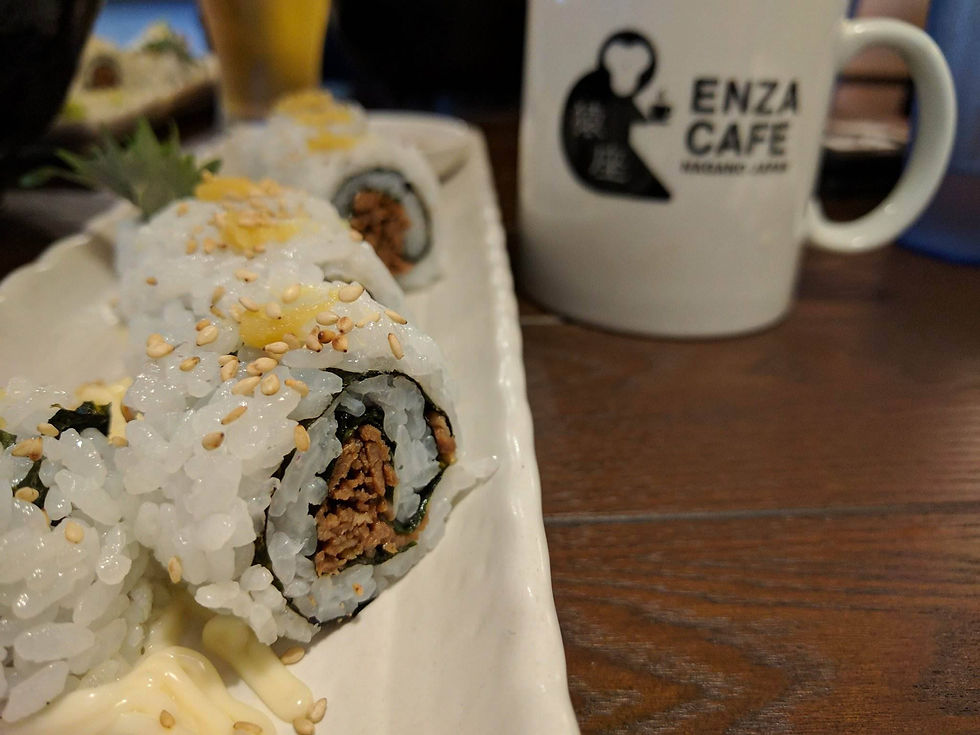
Location tip: Eat here!!!
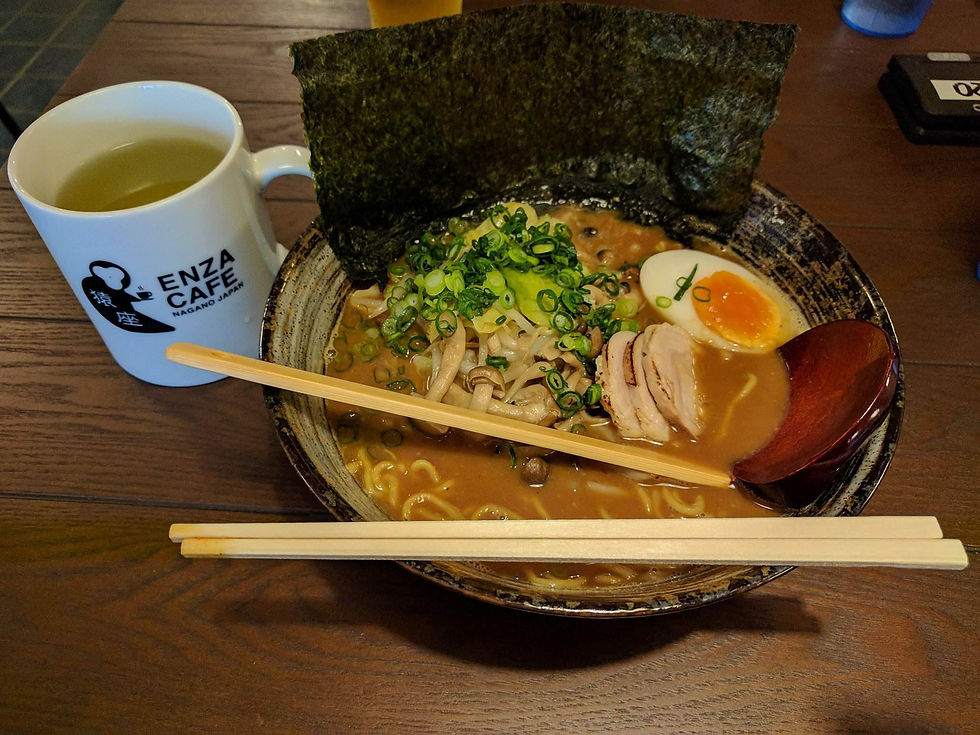
Once you are warmed up and ready to go again, make your way back to the park for another few hours of shooting. Or, if you have had your fill for the day with the monkeys, make your way back into town to enjoy an onsen yourself or the local sake brewery for a tasting.
Stylized image of the town, made one morning on our walk to the park. All the steam clouds you see are a small show of some of the onsens in the area.
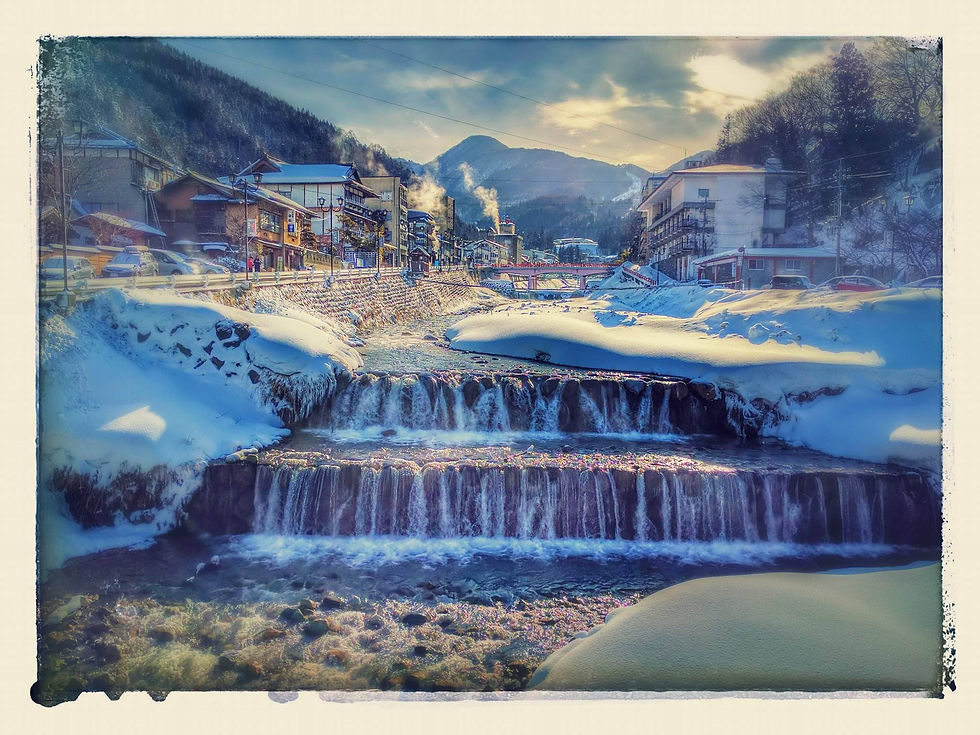
Back at the park, either after lunch or the following day, keep shooting and have fun! Patience is key as wildlife can be unpredictable. While waiting for a troop to cross the river, I had several young monkeys start a tussle literally at my feet. I was laughing so much at the antics and having fun watching, that I didnt actually take any pictures. And I'm ok with that!

Gear tip: With rare exception (will be noted) these were all shot with a Nikon 70-300mm lens. I have found this to be an amazing wildlife lens for all the years I have had it. On my next visit to the park I will have a Tamron 150-600mm that I am interested in trying out as well. Make sure you have a long, telephoto lens when working with wild animals. While these monkeys are habituated to humans and tend not to be aggressive, it is one of the rare situations I have come across. The more distance you can put between your subject and yourself, the more genuine your subject will act, thus leading to more natural images.

Photo tip: For planned trips, try to make a shot list. This helps ensure you go home with images you were hoping to achieve. While some may not happen, it at least gives you goals to strive for while in the thick of it. My shot list for the snow monkeys included subjects such as facial portraits, family units, young playing, a serine onsen image, and troop movement.

Many of my favorite images, and images I consider my strongest, from this trip where shot with those topics in mind.


(The image below was shot with a Tamron 10-24mm at very close range.)

Now, I realize that many of you would not be coming to Japan for just the snow monkeys and your time may be limited. Personally, I would still strongly recommend at least full two days for just the park. This allows you time to ensure you get shots you are happy with in case you never revisit the area. It also presents you with the opportunity for changing weather conditions.
I was hoping for snowfall on one of my visits. It was only on the third morning that a few flurries fell for about 30 minutes right as the park opened. It was during this very brief time I walked away with my favorite image of the entire trip. A young monkey, soaking in the onsen, gazing up as a snowflake drifts down.

I hope you have found this informational and helpful in planning a trip to see the snow monkeys yourself. If you happen to be visiting in February 2018 or 2019, please let me know as I would love to meet up with you on my annual trip!






Comments